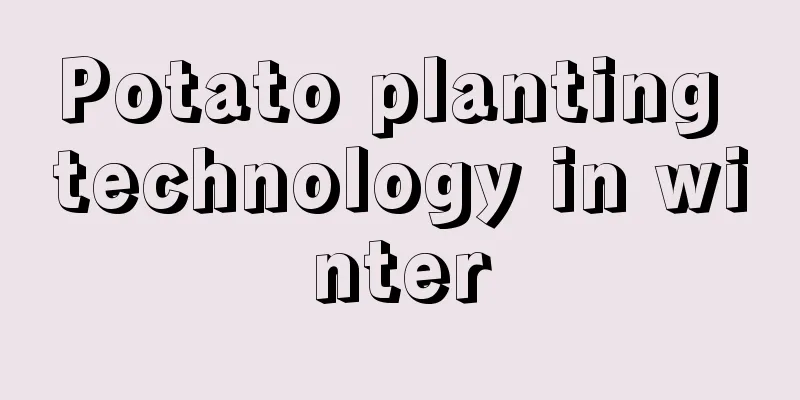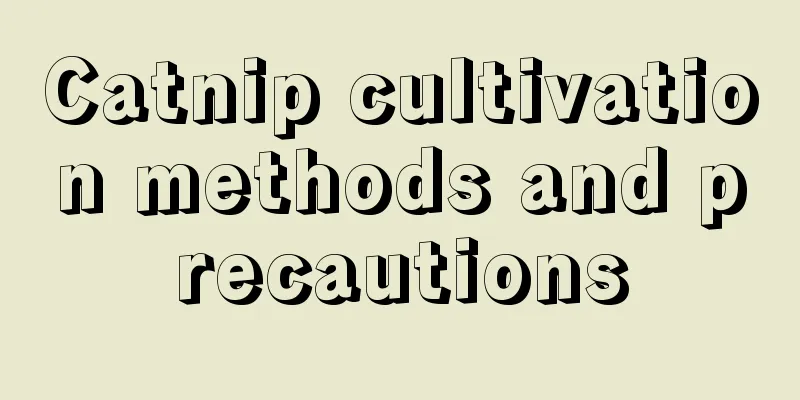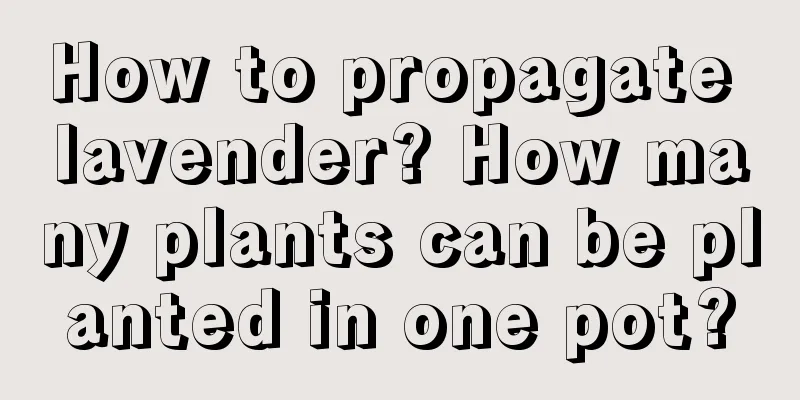Potato planting technology in winter

|
Potatoes are cultivated in all parts of China. Generally speaking, different varieties of potatoes differ in growth cycle , yield and quality. If you want to grow potatoes in winter, you must master the planting techniques, which can help improve the yield and quality of potatoes. Below, I will introduce the winter planting techniques of potatoes. Let’s take a look. 1. Variety selection When planting potatoes in winter, you should choose varieties that are cold-resistant, have wide adaptability, short growth cycle and high yield. These varieties usually have strong cold resistance and better growth performance, and can grow normally in low temperature environments in winter. 2. Land preparation and fertilization Choose fertile, loose and breathable soil. It is best to choose a plot where potatoes have not been planted in the past 2-3 years to reduce the occurrence of diseases and pests. After preparing the land, apply base fertilizer, preferably farmyard manure, which can make the soil loose and breathable, and more suitable for potato growth. Note that farmyard manure must be fully decomposed before application, otherwise root burn will occur. 3. Planting seeds The planting time of winter potatoes varies by region, but it is usually done when the temperature is steadily above 0℃. In the Yangtze River Basin, the sowing period of winter potatoes is generally from December to early February of the following year. Generally, ridge cultivation is adopted, with single or double row planting. When sowing, make sure the eyes of the seed potatoes are facing upwards and covered with an appropriate amount of soil. 4. Temperature control Potatoes are cold-resistant, but seeds need to be above 0 degrees to germinate. If the temperature drops below 0 degrees, the seeds may freeze to death and fail to germinate. Therefore, when planting potatoes in winter, make sure the local temperature is above zero degrees. 5. Cultivation and soil cultivation After all the seedlings have grown, inter-cultivation should be carried out to make the soil in the tuber layer loose and breathable, which is conducive to root growth and tuber enlargement. Before closing the rows, the soil should be cultivated together with topdressing to thicken the tuber layer and prevent the tubers from being exposed. 6. Irrigation management The temperature is low in winter and soil moisture evaporates slowly, but the amount of irrigation still needs to be controlled reasonably. Irrigation should be carried out during periods of higher temperatures to avoid frost damage to potato seedlings due to water at low temperatures. At the same time, it is necessary to ensure that there is no shortage of water in the fields, especially during the potato swelling period, and water needs to be replenished in time. 7. Loosening the soil and weeding Potatoes have high requirements for soil. Loosening the soil can improve soil permeability and promote the root system to absorb water and nutrients. Timely loosening of the soil and weeding can prevent weeds from competing with potato seedlings for nutrients and ensure the healthy growth of potatoes. 8. Pest and disease control The main potato diseases and pests in winter are late blight, black shank, ring rot, as well as cutworms, mole crickets , aphids, etc. We should adhere to the prevention and control methods of focusing on prevention and combining comprehensive prevention and control. The above is an introduction to potato planting techniques in winter. Potato seeds require temperatures above 0°C to germinate. If the natural temperature remains above 0°C, potatoes can be planted directly in the field. But if the temperature is low, you need to consider greenhouse cultivation.
|
<<: Winter cucumber planting technology
>>: Wintersweet cultivation methods and precautions
Recommend
When to divide the evergreen
1. Division time Its reproduction is mainly carri...
What to do if the leaves of green apple arrowroot turn yellow
1. Improper lighting Reason: Apple calathea needs...
How to grow white peony
Temperature requirements White peony is a winter ...
How and when to plant garlic
Garlic planting time and month Garlic planting ha...
Pick up some "black skin" to use for growing flowers, put it in the soil to "increase fertilizer" and breathability, and the plants will not have yellow leaves!
When it comes to fertilizing, many flower lovers ...
Strawberry picking season
1. Picking Season Strawberries bear fruit once a ...
How to deal with strawberry root rot
1. Treatment methods 1. Prevent and control root ...
How to grow carambola in a pot
How to grow carambola in a pot Select pot The siz...
How to eat loquat? Is loquat hot or cold?
1. Common ways of eating 1. Eat raw: The most com...
How to prune cherry blossoms
When to prune cherry blossoms It is generally mor...
Can aspirin be used to grow flowers? You are not kidding me
Mulch The roots of newly transplanted, repotted, ...
What is the best season to plant pitaya? What is the best month to plant potted pitaya seedlings?
There are many ways to grow pitaya. You can choos...
Methods for promoting and delaying flowering of butterfly flowers
Measures to promote flowering Sowing is done in m...
How many years does it take for kiwifruit to bear fruit?
Introduction to Kiwifruit Planting Kiwi seedlings...
Is marigold poisonous? Can it be grown at home?
Is marigold poisonous? Although marigolds look be...









